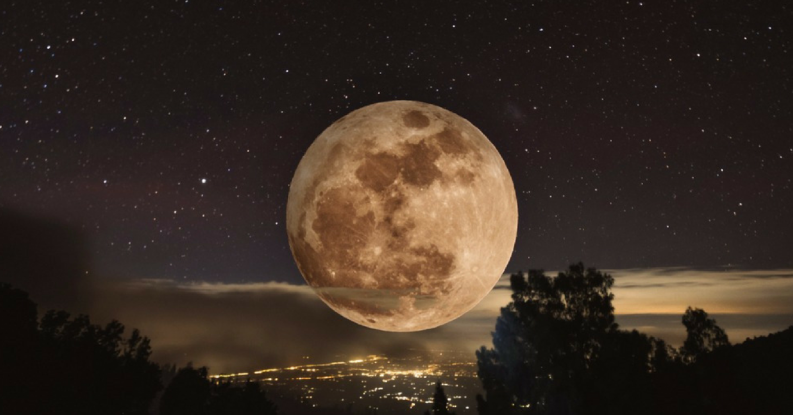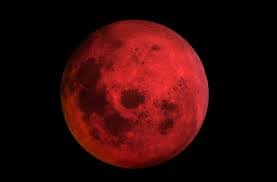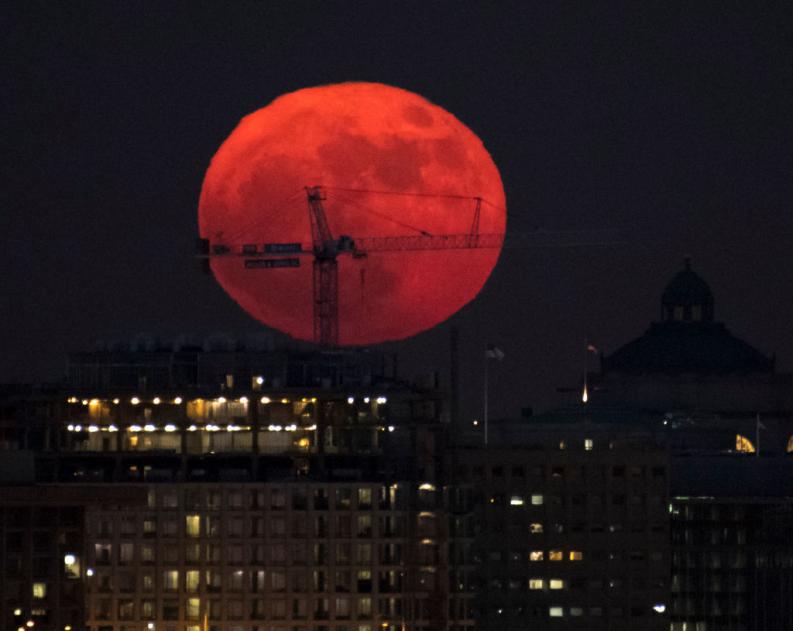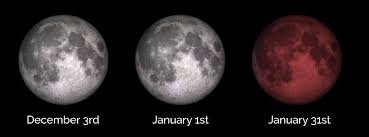Supermoon Welcomes the 2018
The Supermoon welcomed the new year with a spectacularly lit sky as the 1st of January the satellite reached the minimum distance with the Earth. At 21:48 GMT on the first day of 2018 the moon saw a larger size than usual and much brighter. The astronomical phenomenon could be seen in several countries of the world. 
The Supermoon takes place when two cosmic events occur at the same time. One of them is that the sun, the Earth and the Moon are aligned in such a way that the lunar surface is completely illuminated by the sunlight (we know this phenomenon as a full moon). When the alignment occurs in the opposite way, that is, on the other side of the Earth, the Supermoon takes place in the new moon phase.
The other event is the perigee (the maximum approximation of the moon in relation to the Earth during its orbital route or with up to 90% of proximity to this point). It works like this: The Earth revolves around the sun and the moon revolves around the Earth. In this cosmic dance, the distance between the planet and the natural satellite increases and decreases according to the position of the lunar orbit.
It is called Apogee when the Moon is more distant (about 405,000 miles) — and, therefore, it is visibly smaller. On the other hand, when it is closer (just under 360,000 kilometres) — and therefore visibly larger — it is called perigee. The exact average distance between her and us is 384 402 km. And it was the astronomer Richard Nolle who in 1979 coined the term Supermoon.
On the other hand, three celestial events that have not coincided in more than 150 years will affect the patience of the next full moon, January 31, which has been described as "blue blood moon Eclipse"

First, the Superluna of January 31 will have a total lunar eclipse, with a visible hue from western North America across the Pacific to East Asia. The orbit of the moon around our planet is tilted, so it normally falls above or below the shadow of the Earth.

Approximately twice a year, a full moon is perfectly aligned with the Earth and the sun so that the shadow of the earth completely blocks the sunlight, which normalmense would reflect on the moon.
In the areas concerned, on January 31, the moon will lose its luster and acquire a mysterious, weaker than normal brightness of the scarce sunlight that crosses the Earth's atmosphere. Often emitted in a reddish hue due to the way the atmosphere bends the light, the moons totally eclipsed are sometimes called "blood moons".
The Supermoon of January 31st will also be the second full moon of the month. Some people call the second full moon in a month a "Blue Moon," which turns it into a super "blue Moon." Blue moons happen every two and a half years, on average. With the total eclipse, it's going to be a "blue blood supermoon".

Great post
Gracias por informarnos y expandir tus conocimientos con nosotros. Si gustas puedes seguirme. Que tengas un felíz día. Saludos.